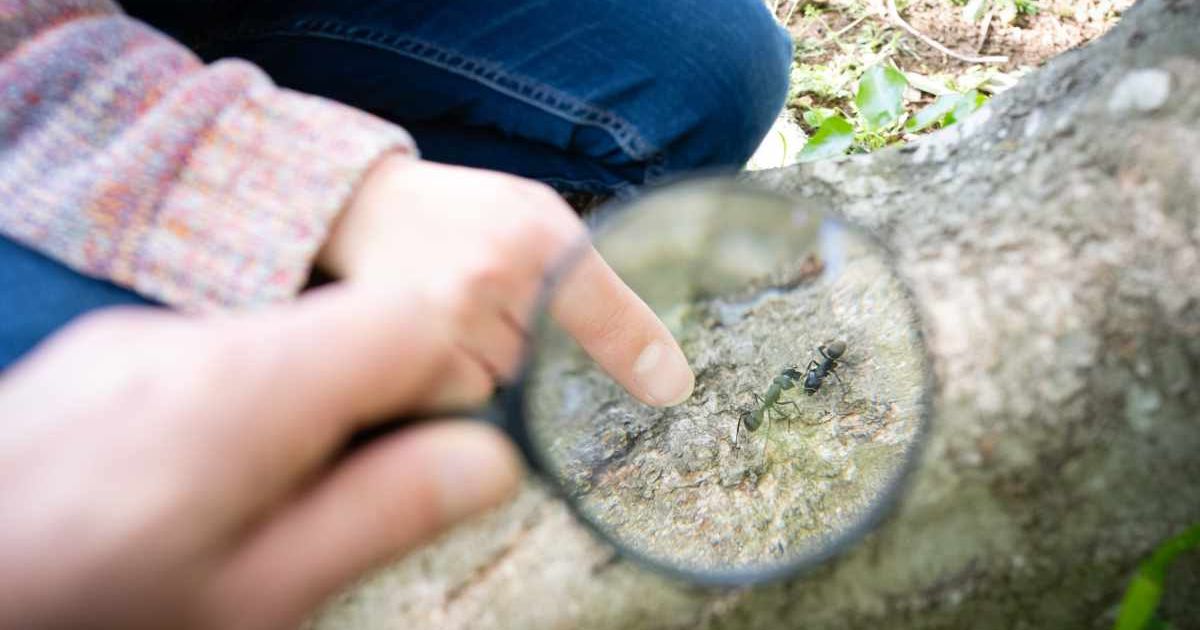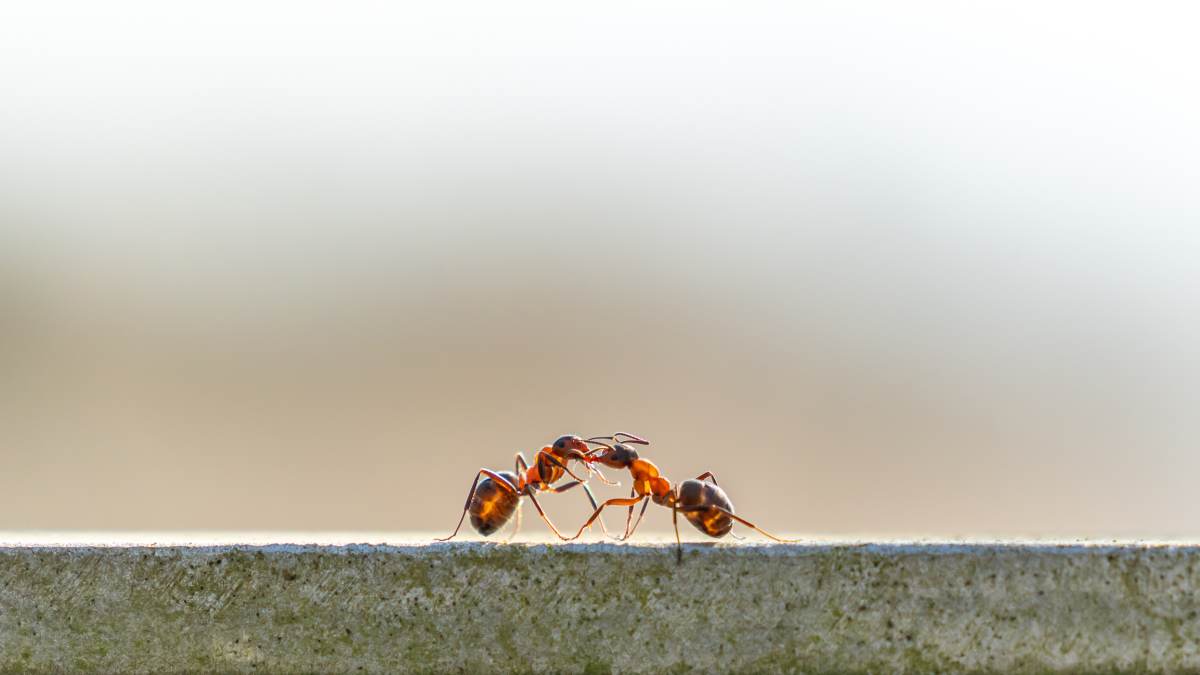These Plants Have Come Up With a Peacekeeping Tactic To Prevent Violent Ant Fights

High up near the mountains of the South Pacific, amidst the tall, wet, and dense tree canopies of Fiji’s tropical rainforests, prevails utmost peace, thanks to an unusual plant. The ants living in this area are infamous for their territorial tendencies as well as their highly aggressive nature. Many of them are promiscuous, which means they hold complex relationships with multiple mutual partners. This triggers destabilization and ultimately conflicts in the ant colonies.

The peacemaking hero
Like a peacemaking hero, this plant has developed a conflict-reduction mechanism to prevent these erratic arguments between ants. The solution it devises is: physical separation. In a study published in the journal Science, researchers from Durham University shared a dramatic episode that unfolds between this plant and the ants. This conciliatory plant, named Squamellaria, has developed an extraordinary strategy to deal with the conflicts that erupt between these aggressive ants from time to time, as a team of researchers reported in the study.
Delighted to share the outcome of a 10y long project – published today in @ScienceMagazine !
— Guillaume Chomicki (@Chomicki_G) July 10, 2025
This study unveils how multipartner symbioses between aggressive insect partners can be stable.https://t.co/nfxt4PmIm4 pic.twitter.com/hUphDKqMEH
“This study unveils how multipartner symbioses between aggressive insect partners can be stable,” Professor Guillaume Chomicki from the Biosciences department of Durham University wrote in a press release, adding, “Our study shows that compartmentalization is one solution.” Squamellaria belongs to a plant genus that is mostly epiphytic, which means its roots are not attached to the ground. Instead, they cling to other plants and tree trunks to attach their roots and grow from there. Once they have settled their roots into another plant, they move on to start a business of real estate, because they need a constant nutrient supply.
Line drawing of an ant plant (Squamellaria major) just completed. Ants live inside the hollow chambers you can see dissected, and patrol the plant - protecting it from predators - in exchange for their bespoke accommodation. pic.twitter.com/2lOAO0EB2K
— Chris Thorogood (@thorogoodchris1) June 23, 2019
Like a skilled architect, this plant constructs assorted structures and apartments in its body where ants can take up residence. The plant hits the core fear of survival in the ants and lures them to stay inside its compartments, so it can feed on the nutrients they bring along. In 2014, Chomicki cut open one of these tuber plants in Fiji and was stunned to find colonies of ants secretly living inside Squamellaria. He sent some plant samples to a laboratory in Munich and mapped their interiors in 3D with noninvasive CT scans.
View this post on Instagram
Ant apartments
The solution to this problem turns out to be very simple: Squamellaria plants build isolated ‘apartments’ to avoid battles between the distinct tenants.
— Guillaume Chomicki (@Chomicki_G) July 10, 2025
Great team with Susanne Renner, Alivereti Naikatini in Fiji and Dirk Metzler in Munich@DurBiol @WashUBio
Threatened by harsh climate and wildlife, the ants in this rainforest are always searching for homes. Though Squamellaria builds assorted structures which are primarily for its personal feeding purpose, this tactic ends up preventing dramatic conflicts arising from the fierce competition among ants. This symbiotic partnership between the plant and the ants through "ant apartments" paves the way for concord.
Walls keep the peace
The researchers combined isotope labelling, computed tomography, behavioral field experiments, and 3D mathematical models to explore the innards of the Squamellaria plant. What they discovered was no less than fascinating. The plant, they observed, hosted a morass of nesting sites called “domatia” divided into compartments with separate entrances. “It’s like multiple apartments with separate entrances,” Chomicki described to the New York Times.
9. Fiji Ant Plant Builds Tiny Condos That Stop Ant Wars!
— Thomas Heimann (@thomasheimann) July 16, 2025
Scientists have discovered a unique symbiosis in Fiji where a plant (Squamellaria) builds tiny, fortress-like structures that house multiple ant colonies. These "condos" actually prevent destructive ant wars, ensuring the…
Since each chamber features its own entrance door, the ants who take residence in a particular chamber are entirely separated from others via walls. “As long as compartmentalization is maintained, different symbiont species can peacefully coexist, but experimental removal of compartment walls leads to deadly conflicts,” the researchers said.
Estranged neighbors living in peace
View this post on Instagram
Picture two estranged neighbors who live in the same building but don’t get along with each other. With an intelligent architecture of the building’s interiors, both of them can live separately in peace. What this plant does is akin to this intelligent architecture, nothing short of remarkable. It carves out a real estate that would enable the rival ant colonies to live in harmony.
More on Green Matters
Scientists Just Found Out Plants ‘Talk’ to Each Other — Especially About Their Natural Enemies
Simple Ways To Eliminate Ants From Your Garden Without Harming Plants — No Chemicals Involved
Tired of Ants Stealing Bird Food? Try This Expert-Approved 'Fishing Line' Trick That Actually Works